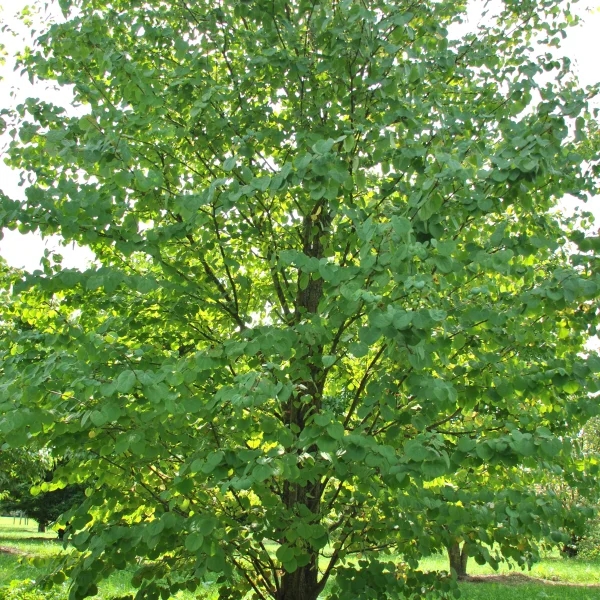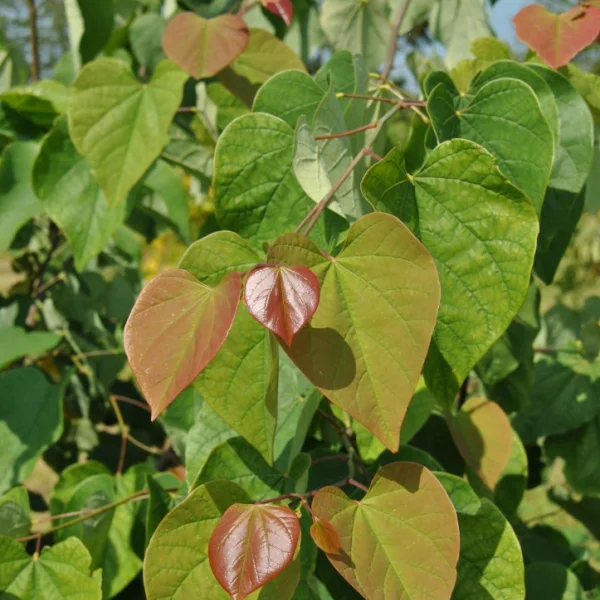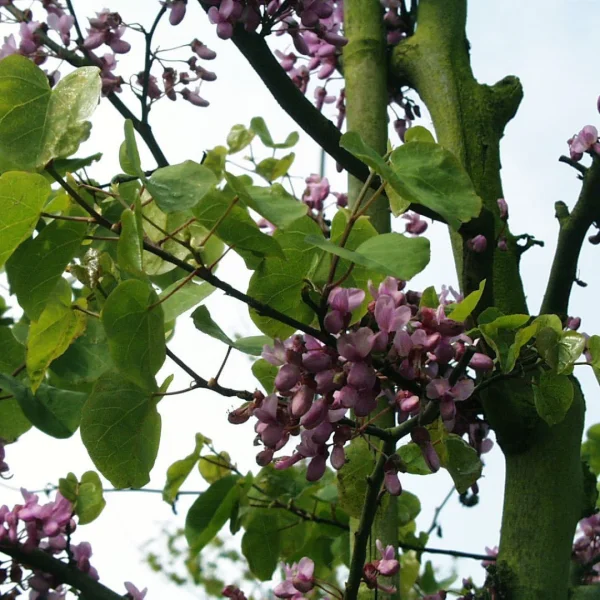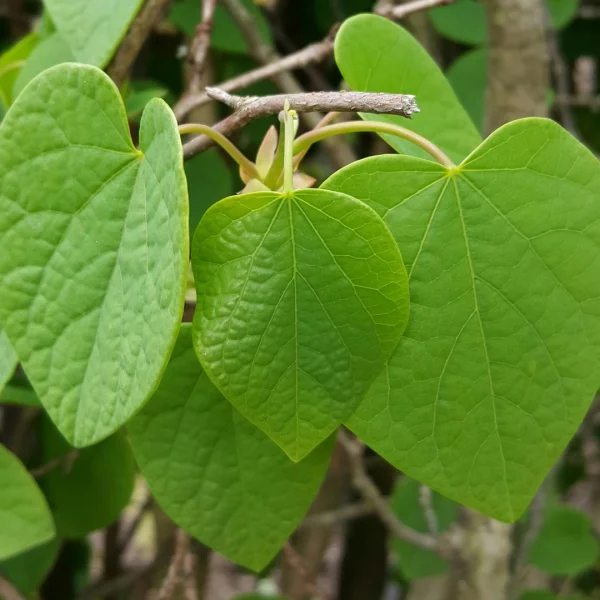Cercis canadensis – North American Redbud
Caesalpiniaceae
Cercis canadensis – North American Redbud
De la o formă de arbust cu răspândire largă, C. canadensis devine un arbore solitar atractiv, adesea cu mai multe tulpini, de înălțime medie. Trunchiul este cenușiu și puțin adânc canelat, iar la o vârstă mai înaintată, scoarța se poate desprinde în plăci mici. Frunzele sunt late, în formă de inimă, cu vârful ascuțit sau conic. Florile apar înainte de dezvoltarea frunzelor. Acestea apar în mănunchiuri compacte pe crengi, ramuri și trunchi vechi. Legumele plate rămân pe copac toată iarna. Este un arbore cu înrădăcinare adâncă, cu un sistem radicular grosier. Crește cel mai bine în locuri adăpostite, însorite și bogate în nutrienți și este foarte rezistent. Frumosul cultivar "Forest Pansy" are frunze de culoare purpuriu închis.
Availability
Specifications
Download PDF
Height
6 - 8 (12) m
Width
6-8m
Crown
round to flat globular, half-open crown
Bark and branches
grey, later shallowly grooved
Leaf
wide heart-shaped, bright green, 8 - 14 cm
Flowers
light pink to pale red, in clusters, April/May, fragrant flowers
Fruits
brown, flat pods, to 8 cm long
Spines/thorns
None
Toxicity
usually not toxic to people, (large) pets and livestock
Soil type
calcareous sand or loam soils, not too wet
Paving
tolerates no paving
Winter hardiness zone
4 (-34,4 to -28,9 °C)
Wind resistance
moderate
Other resistances
resistant to frost (WH 1 - 6)
Fauna tree
aluable for bees (honey plant), valuable for butterflies
Application
small gardens
Shape
clearstem tree, multi-stem treem
Origin
eastern and central North America
Possibly of interest
Frequently asked questions
Cercis canadensis
Cercis canadensis can eventually reach a height of 6 - 8 (12) m, depending on the site and climate conditions.
Cercis canadensis has a average growing and can eventually reach a height of 6 - 8 (12) m, depending on the site and climate conditions.
The right time to plant Cercis canadensis is during the dormancy period. In Western Europe, Cercis canadensis with root balls can generally be planted from mid-November to late April, although this depends strongly on the climatic conditions and the species of tree.
april.
General
 English
English
 English (United Kingdom)
English (United Kingdom)
 Nederlands
Nederlands
 Nederlands (België)
Nederlands (België)
 Deutsch
Deutsch
 français
français
 čeština
čeština
 polski
polski
 español
español
 română
română
 dansk
dansk
 svenska
svenska
 magyar
magyar
 Türkçe
Türkçe
 slovenčina
slovenčina
 русский
русский
 norsk
norsk








